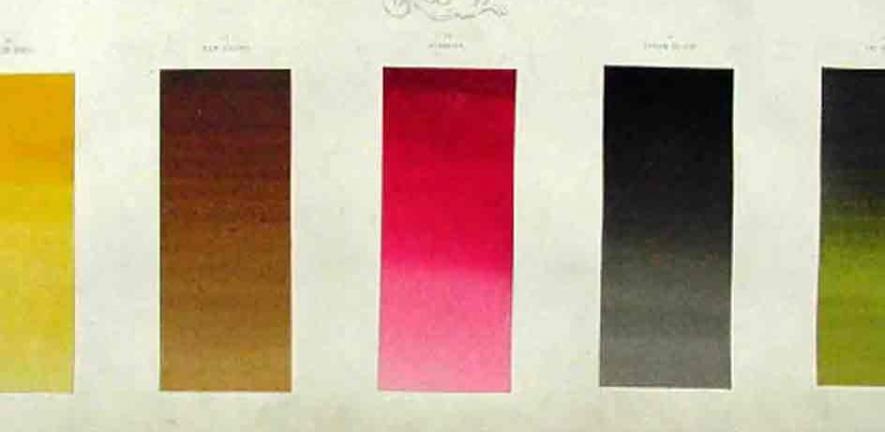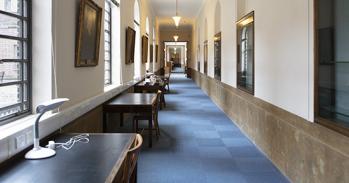
Dragon’s Blood, Purple of Cassius and Scarlet Lake – all pigments concocted by the 19th-century 'Colourmen' of Winsor & Newton artists’ suppliers. Now, a painstaking and methodical analysis of their hand-written recipe books has been developed into a searchable database.
Dragon’s Blood, Purple of Cassius and Scarlet Lake – all pigments concocted by the 19th-century 'Colourmen' of Winsor & Newton artists’ suppliers. Now, a painstaking and methodical analysis of their hand-written recipe books has been developed into a searchable database.
Research into artists’ materials and techniques is highly interdisciplinary and is mainly conducted by studying artists’ recipe books, scientific analyses and historically accurate reconstructions.
Dr Clarke
As pioneers of brighter, more-permanent and less-toxic pigments from 1832 to the present day, Winsor & Newton has been a driving force in developing colour chemistry for art. As part of its rich heritage, the Winsor & Newton archive boasts 85 handwritten recipe books and workshop manuscripts dating from the 1830s to 1900 – a total of 17,000 pages. Now, thanks to work carried out under the leadership of Ian McClure and Dr Mark Clarke at the Hamilton Kerr Institute, in collaboration with Dr Leslie Carlyle of Tate, a digital archive and index of the Colourmen’s recipes and notes have been created.
Although the use of decorative pigments dates back tens of thousands of years, some of the most exciting developments happened in the 19th century, when scientific discoveries added dramatically to the artist’s palette. Startling new pigments were developed by industrial chemists, yet traditional materials were still produced by methods originating in antiquity. ‘Mummy’, for instance, required the grinding of an Egyptian mummy before mixing with asphalt. Many details of innovations in this period of rapid change have been imperfectly understood until now.
The source material from the Winsor & Newton archive – from recipes for pigments and oils to watercolours and varnishes – has been made available for research purposes. Additional notes on recipes for gout and toothache, wages and costs, travel and hotel suggestions are also recorded. Words and passages in published technical literature that were previously baffling are becoming clear.
Each page has been carefully photographed and the recipes entered into an innovatively structured database that will be available in Spring 2008. The value of this work, funded by the Arts and Humanities Research Council (AHRC), lies not only in historical record, but also in technical and authenticity studies, as well as in evaluations of the deterioration of paintings.
Dr Clarke explained: ‘Research into artists’ materials and techniques is highly interdisciplinary and is mainly conducted by studying artists’ recipe books, scientific analyses and historically accurate reconstructions. This archive affords a fascinating insight into the art and science of the innovative Colourmen.’
For more information, please contact Dr Mark Clarke
(hki-admin@lists.cam.ac.uk) at the Hamilton Kerr Institute, a department of The Fitzwilliam Museum, or visit
This work is licensed under a Creative Commons Licence. If you use this content on your site please link back to this page.





